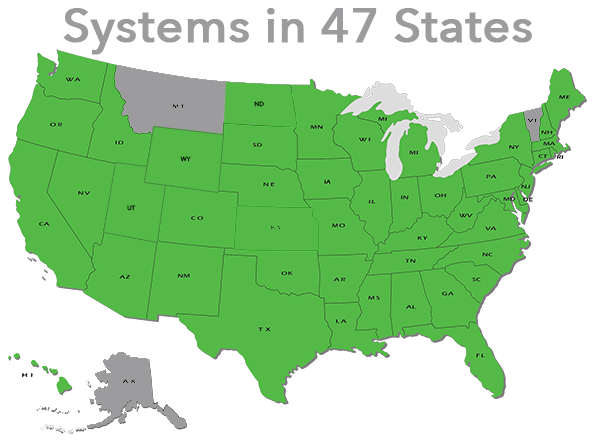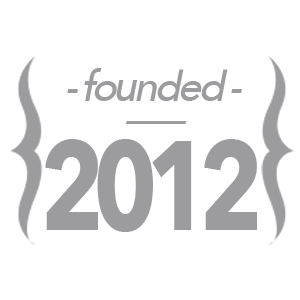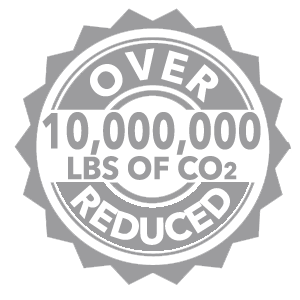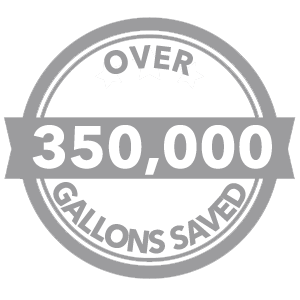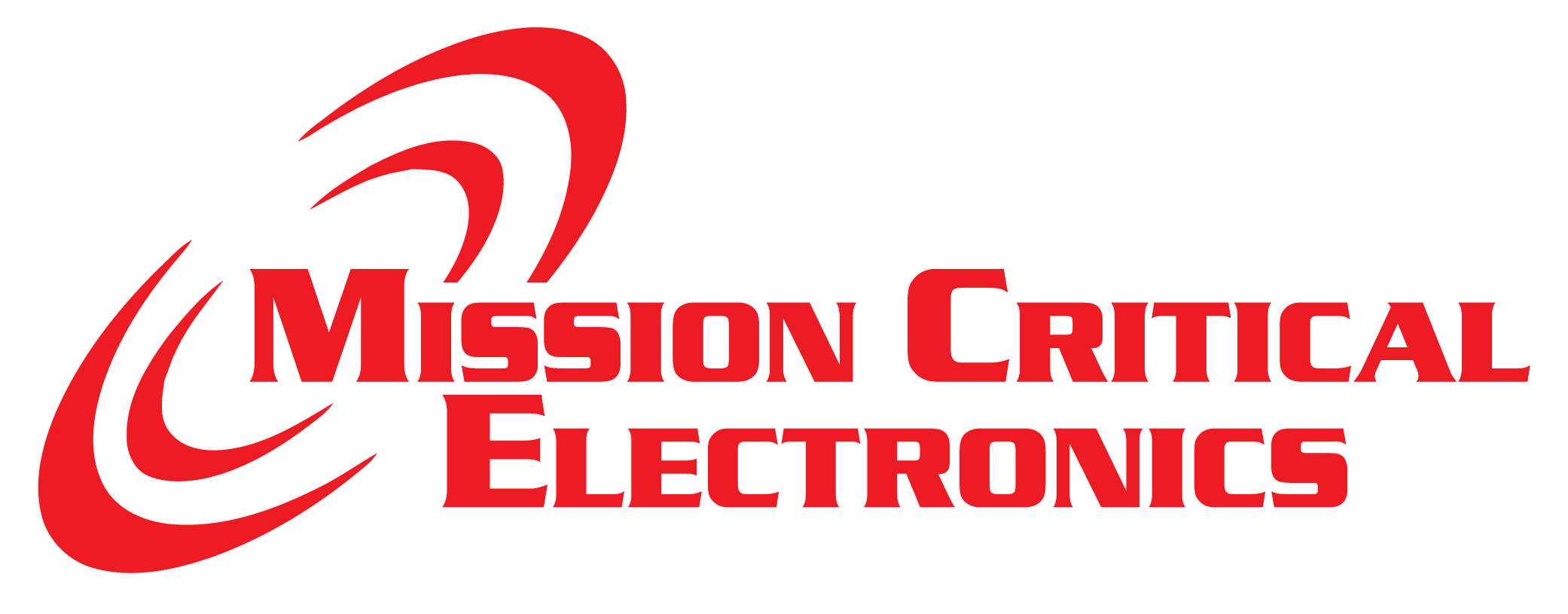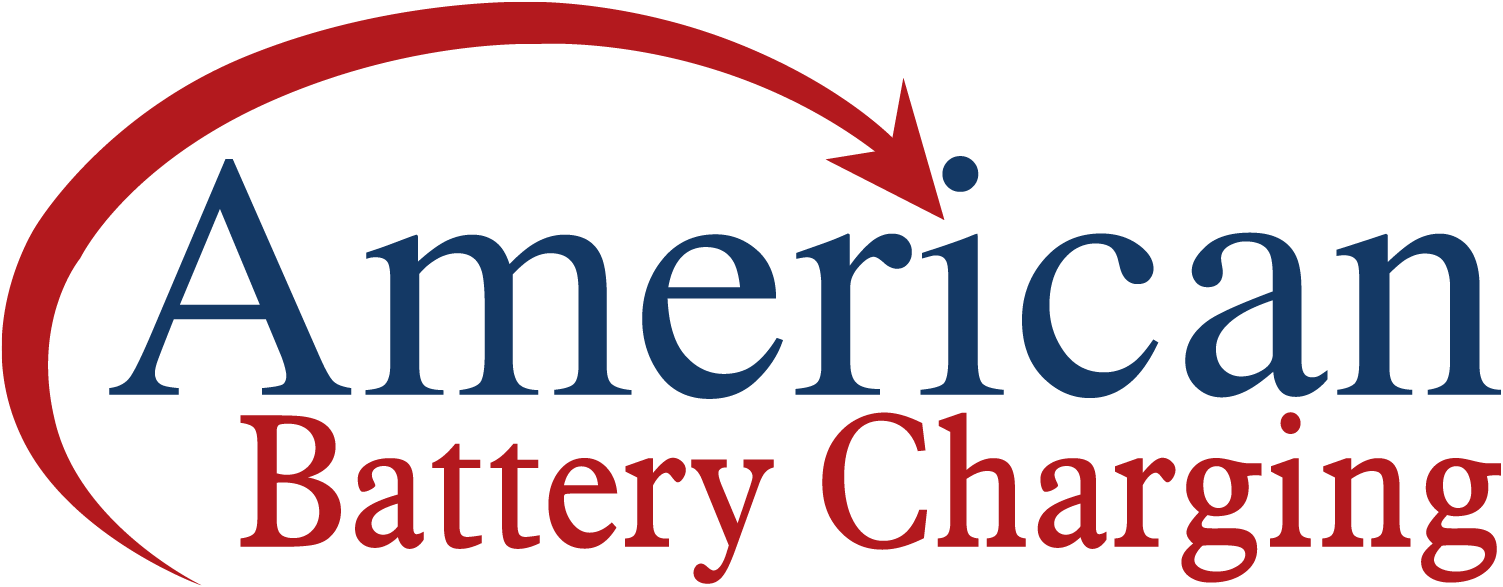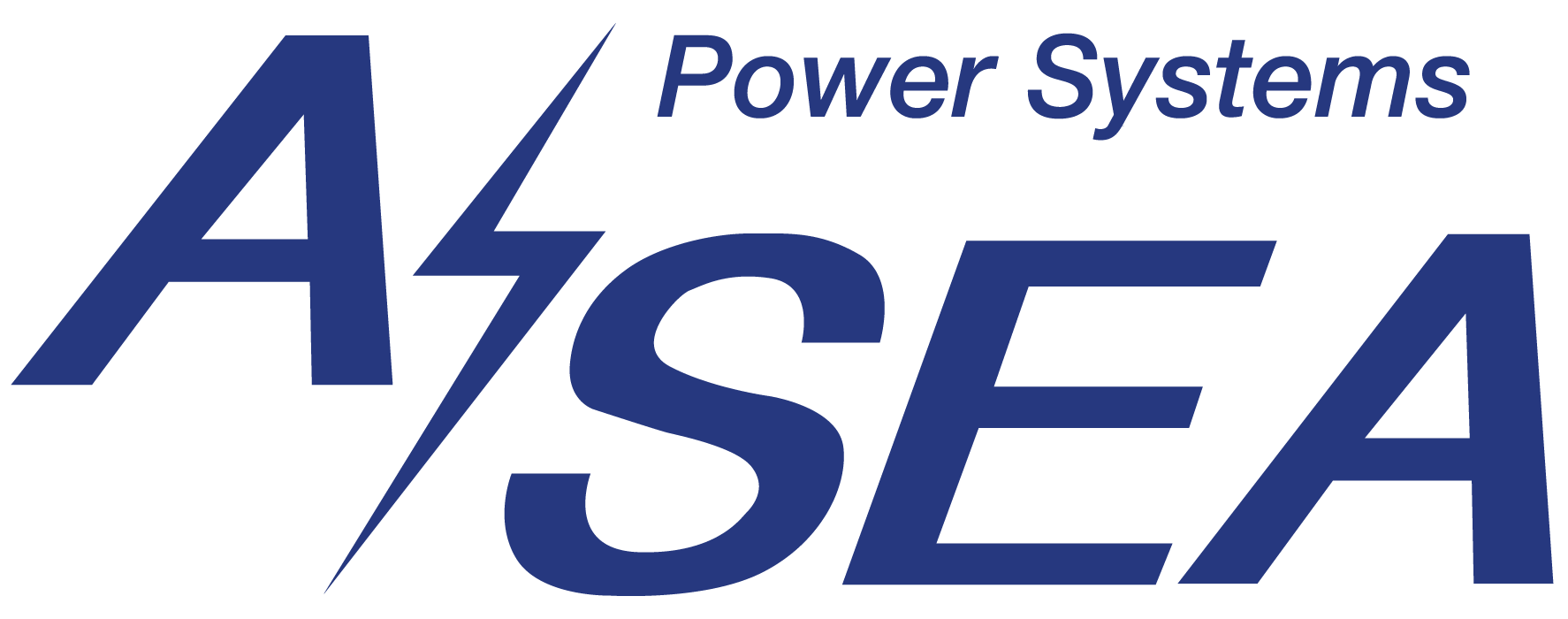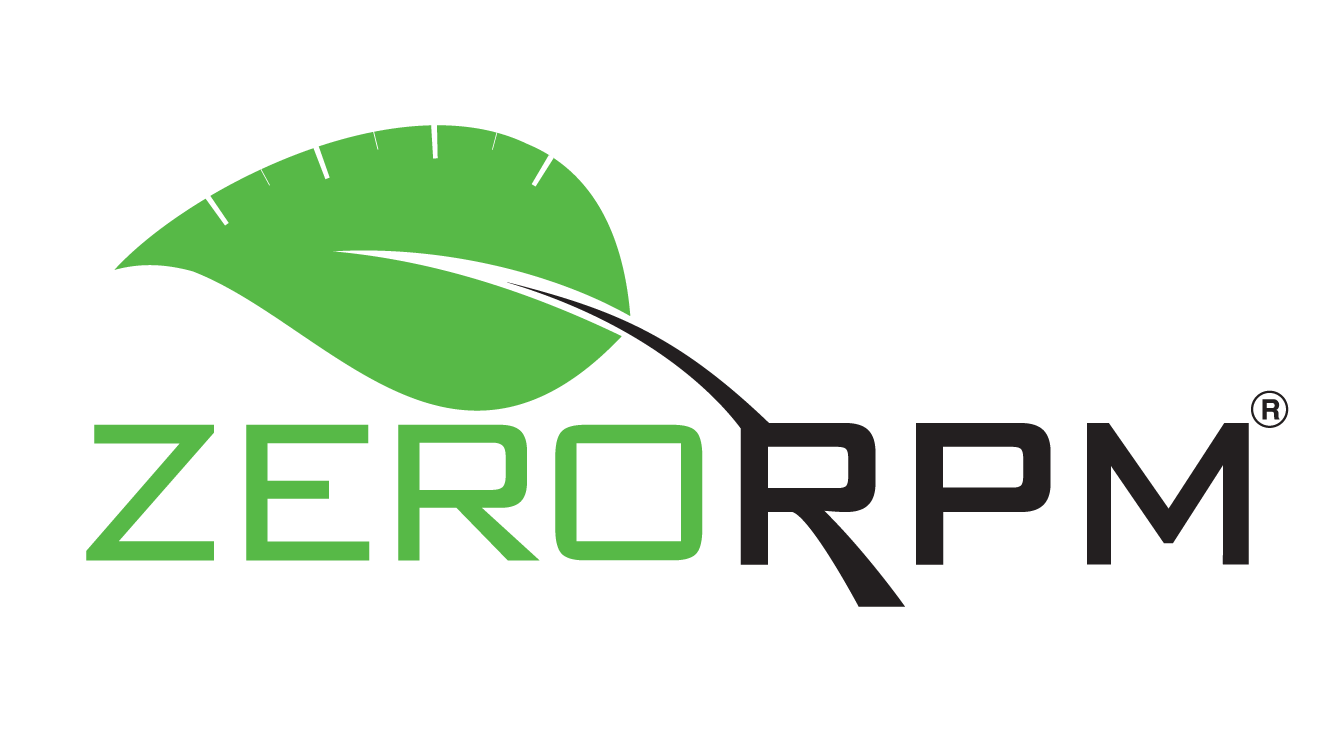Who are the major players supplying the world oil market?
Last Updated: September 13, 2013
The world oil market is complex. Governments as well as private companies play roles in moving oil from producers to consumers. Government-owned national oil companies (NOCs) control most of the proved oil reserves (85% in 2010) and current production (58% in 2010). International oil companies (IOCs), often well-known stockholder corporations, own the balance of the reserves and produce the remainder of the oil. Proved reserves are the amount of oil in a given area, known with reasonable certainty, that today’s technology can recover cost-effectively. Worldwide proved oil reserves are about 1.5 trillion barrels and production averages roughly 89 million barrels a day.
Different types of oil companies operate differently
There are three types of companies that supply crude oil to the world market. Each type has different operational strategies and production-related goals:
International oil companies (IOCs), including ExxonMobil, BP, and Royal Dutch Shell are entirely investor-owned and primarily seek to increase shareholder value and make investment decisions based on economic factors. These companies typically move quickly to develop and produce the oil resources available to them and sell their output in the global market. Although these producers are affected by the laws of the countries in which they produce oil, all decisions are ultimately made in the interest of the company, not a government. National oil companies (NOCs) that operate as an extension of the government or a government agency: This category includes Saudi Aramco (Saudi Arabia), Pemex (Mexico), and PdVSA (Venezuela). These companies support their governments' programs financially and/or strategically. They often provide fuels to domestic consumers at prices lower than those in the international markets. These companies do not always have the incentive, means, or intention to develop their reserves at the same pace as the commercial companies. Due to the diverse situations and objectives of the governments of their countries, these NOCs pursue a wide variety of objectives that are not necessarily market-oriented. The objectives NOCs pursue, however, include employing citizens, furthering a government's domestic or foreign policy objectives, generating long-term revenue, and supplying inexpensive domestic energy. All NOCs of the Organization of the Petroleum Exporting Countries (OPEC) members fall into this category. NOCs with strategic and operational autonomy: These NOCs function as corporate entities and do not operate as an extension of the government of their country. This third category includes Petrobras (Brazil) and Statoil (Norway). These companies often balance profit-oriented concerns and the objectives of their country with the development of their corporate strategy. While these companies may support their country's goals, they are primarily commercially driven.In 2011, 100 companies produced 84% of the world's oil. National oil companies accounted for 58% of the world's production.

OPEC members seek to work together to influence world oil supplies
The Organization of the Petroleum Exporting Countries (OPEC) is a group of some of the world's most oil-rich countries (see OPEC member countries in the "Did you know?" box). Together, these countries controlled approximately 73% of the world's total proved oil reserves in 2012, and they produced more than 40% of the world's total oil supply that year. Each OPEC country has at least one NOC, but most also allow international oil companies to operate within their borders.
OPEC seeks to manage oil production of its member countries by setting crude oil production targets for each member except Iraq, for which there is no current target. The track record of compliance with OPEC quotas is mixed because production decisions are ultimately in the hands of the individual member countries. In general, there are three main factors that determine OPEC's market power, or how effectively the organization can influence oil prices: (1) how unwilling or unable consumers are to move away from using oil; (2) how competitive non-OPEC producers become as the price of oil increases; and, (3) how efficiently OPEC producers can supply oil compared with non-OPEC producers.
OPEC's oil exports represented about 60% of the total seaborne crude oil traded internationally in 2012, according to data from Lloyd's List Intelligence tanker tracking service. The difference between market demand and oil supplied by non-OPEC sources is often referred to as the call on OPEC. Saudi Arabia, the largest oil producer within OPEC and the world's largest oil exporter, historically has had the largest share of the world's spare production capacity. As a whole, OPEC maintains the world's entire spare capacity for oil production. It is generally not cost-effective for international oil companies to develop and maintain idle spare production capacity, because the IOC business model maximizes revenue by continuing to produce oil as long as the price is higher than the cost of getting an additional barrel of oil to market.
EIA defines spare capacity as the volume of oil production that can be brought on line within 30 days and sustained for at least 90 days. Spare capacity can also be thought of as the difference between a country's current production capacity and maximum production capacity. Should a disruption occur, oil producers can use spare capacity to moderate increases in world oil prices by boosting production to offset lost volumes.






